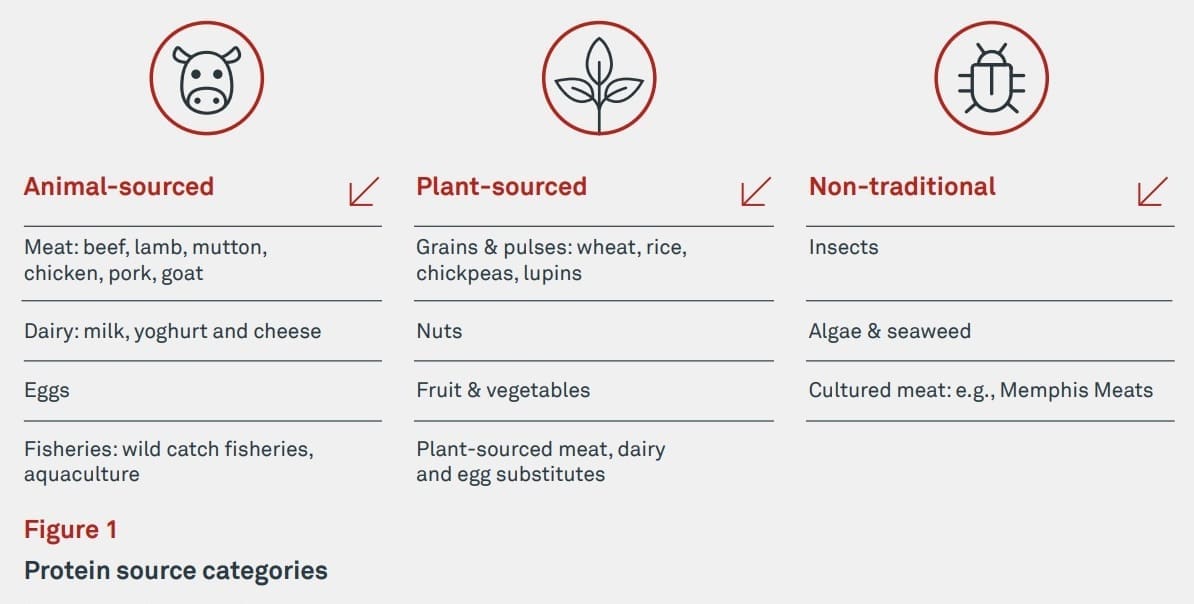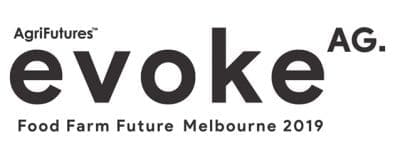
Global food manufacturing giant Nestle announced plans last year to enter the alternative proteins market, with the launch of a plant-based burger pattie in Europe and the US.
RESEARCH into the changing landscape of protein production in Australia estimates that there will be an additional opportunity of $19.9 billion for the sector by 2030, of which $3.1 billion is likely to be filled by alternative protein categories, a recent study suggests.
The main objective of the study was to identify and quantify the opportunities and challenges to the Australian agricultural industry posed by the rise in alternative protein sources.
The study concludes that there is more than enough room for both animal-based and alternative proteins in the global food market, with forecast global demand for protein continuing to grow, accommodating growth in both sectors.
The newly released report, The Changing Landscape of Protein Production, funded by AgriFutures Australia and delivered by the Australian Farm Institute says there will be additional opportunities for the Australian protein sector by 2030.
This includes $8.9 billion for Australian animal proteins, $7 billion for traditional plant-sourced proteins, while alternative protein products could deliver a $3.1 billion opportunity for Australian agriculture.
Alternative proteins are those foods that act as a substitute for traditional animal-sourced protein. This includes plant-sourced and non-traditional proteins including plant-sourced meat, dairy and egg substitutes, cultured or cellular meat, insects and algae.
The rise of alternative proteins in the food market has garnered significant attention over the past 18 months, with large-scale food retailers promoting plant-sourced meat analogues to mainstream consumers, global reports calling for meat-reduced diets and media headlines declaiming “the end of meat”.
Concurrently, investments in and production of alternative proteins such as insect proteins, meat, dairy, egg and fish analogues and cultured meat are showing increasing growth, albeit with a very small market share.

AgriFutures Australia managing director John Harvey said the research provided important analysis not only on the size of the alternative protein trend but more critically on the implications for Australian producers and investors.
“We now know more about the aggregate opportunities for Australian agriculture in response to an emerging market for alternative proteins up to 2030. This means we can replace speculation with reliable forecasts to underpin policy, regulatory changes and advocacy positions,” Mr Harvey said.
Producing enough protein for the growing global population would require a united front.
“Segregation and competition between traditional and alternative protein producers are not as big a threat as expected,” he said.
“Enabling traditional and alternative protein producers to work in collaboration – such as using the by-product of insect farming as feed for chickens, pigs or fish – will provide a mutual sustainability benefit,” Mr Harvey said.
Hype around fake meat
Australian Farm Institute executive director Richard Heath said while there had been a lot of hype around the potential of so-called ‘fake meat’ as a disruptor to the livestock industry, this research shows the emerging market for alternative proteins should not be seen as a threat to existing production systems but as a means of diversifying choices for producers, processors and consumers.
“New demand for animal protein from a growing global population will outweigh any additional market share that alternative proteins may gain in the next decade,” Mr Heath said.
AgriFutures Australia’s National Rural Issues Program invested in this research as part of its mandate to lead cross-sectoral research into rural issues of national and global significance.
evokeAG 2020
 Alternative proteins will be discussed at next week’s evokeAG 2020 ag technology conference in Melbourne, where capitalising on new diets will be part of the keynote presentation from Hungry Jack’s founder Jack Cowin and a panel discussion on how to make room on the plate for both traditional protein and new protein.
Alternative proteins will be discussed at next week’s evokeAG 2020 ag technology conference in Melbourne, where capitalising on new diets will be part of the keynote presentation from Hungry Jack’s founder Jack Cowin and a panel discussion on how to make room on the plate for both traditional protein and new protein.
- Click here to view the full report

So how about researching that Australia is now about 8th on the list of producers of our native floristry/landscape horticulture; that FAO figures show that 500,000 families in China are supported by growing our eucalypts for Eucalyptus Oil; that Israel and China are the world’s greatest producers of our Ti-Tree Oil and the news that now Africa is the largest producer of our Silky Oak for the high-end furniture and framing industries. These are highly valued, on global markets, native Australian products that we never saw the potential of even though it was all around us and now you are being encouraged to feed cattle the worst flavoured exotic oil seed plant, Rape, ( Canola) and probably the scourge of the planet , soy bean. Jack Cowin’s funding is spreading far and wide. CSIRO listed that he was a funder of their research into Hungry Jacks meatless burger. I was hoping all livestock producers that have taxable incomes this year would ask for a quarantine of their tax dollars from heading to the CSIRO. This is herd thinking at its worst.
Fake Meat is Phony Food For Phony Folks